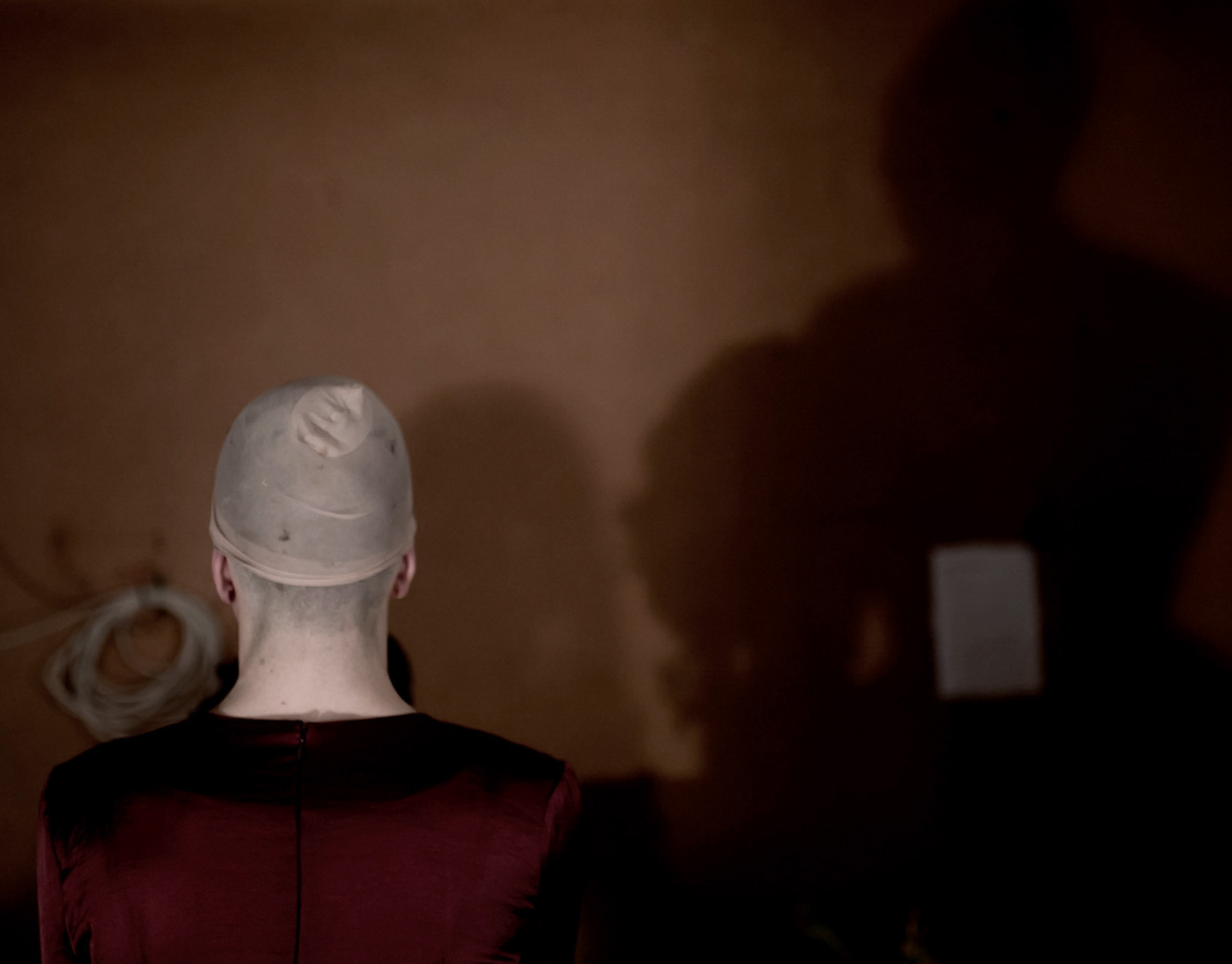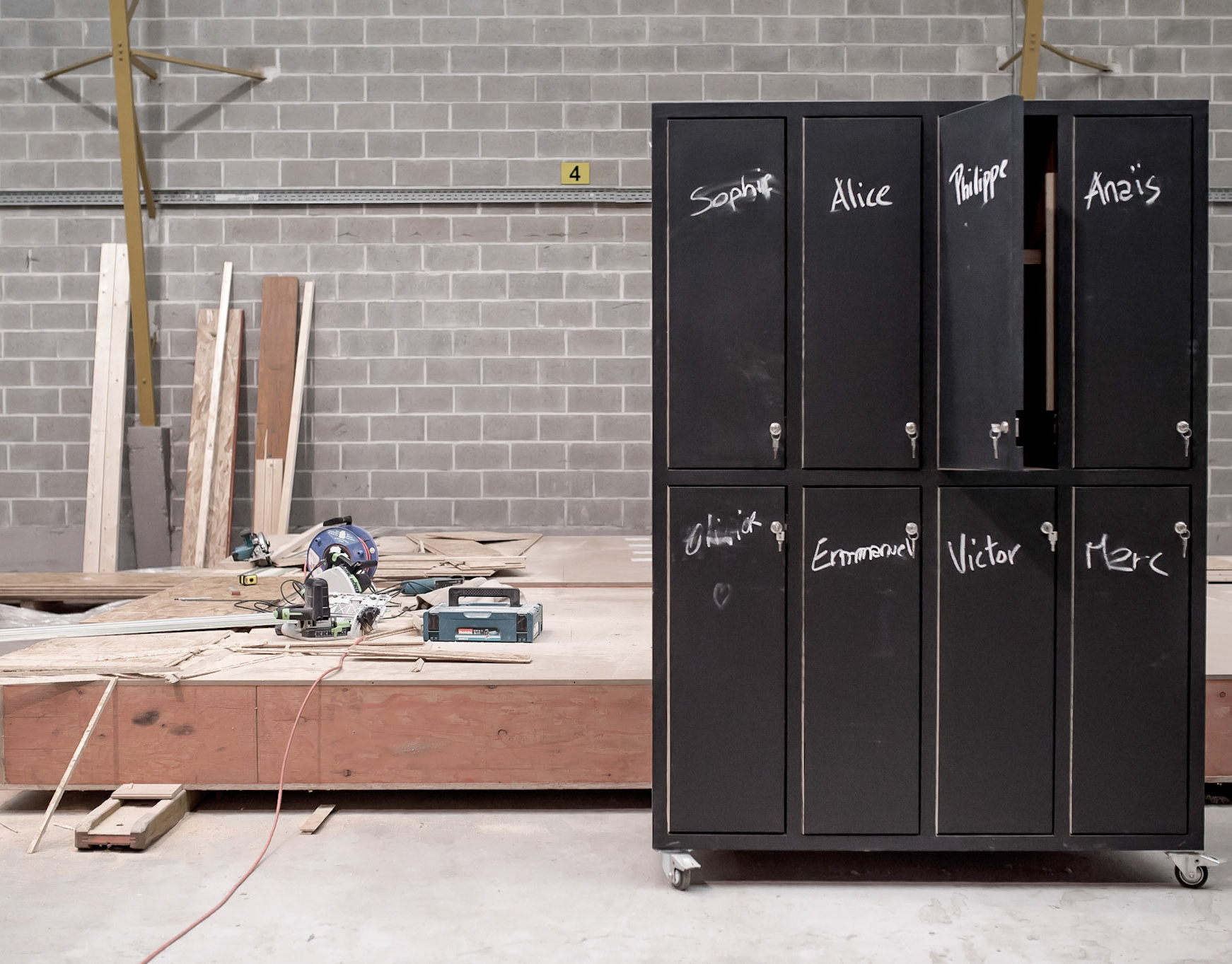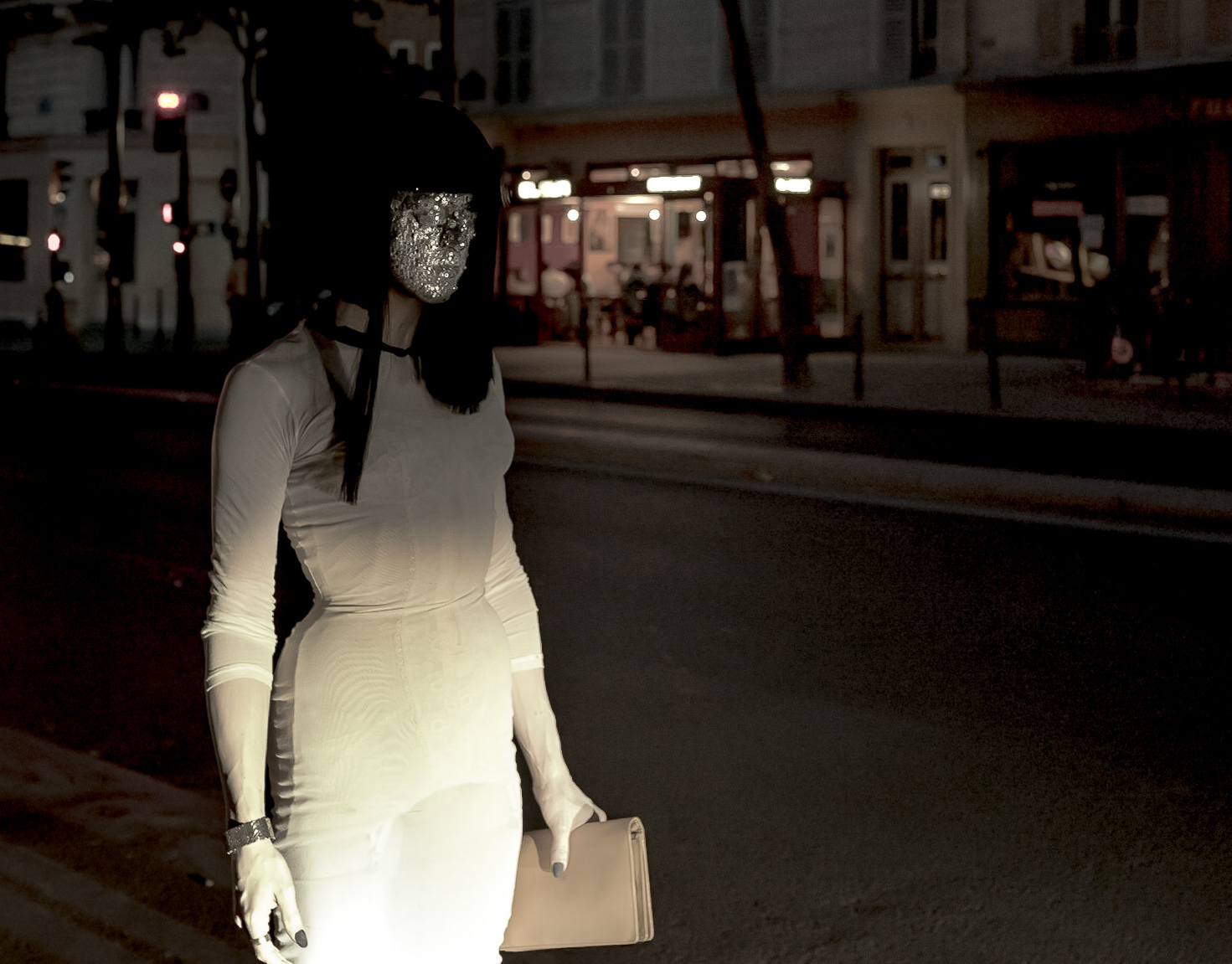Gone fishing
May 19 2014 and the fishing season draws slowly to an end. The once bountiful North Atlantic no longer provides the tens of tons of daily catch for the local fishermen of Røst. Røst the most south-westerly island cluster of the Lofoten - with Røstlandet as the main island - is situated approximately 115 km north of the Artic circle. Its hundreds of islands, islets and skerries are surrounded by some of the most hostile seas in Norway(1). The fishing season starts around the end of August and reaches its peak during the months of February through to the end April when fish supplied via the Gulf Stream from the Barents Sea reaches the waters of Røst. By the time the industrial trawlers and all other non-indigenous fishermen have left, the sea merely renders a few tons of fish on a good day. Only a handful of local fishermen like Stig Are Jørgensen and his brother Tom Rune still get up at 4 am and go to sea for a ten to twelve hour shift. Their respect for the sea and the elements makes them expert judges on where and when to harvest, when it is time for maintenance and repairs, to rest, or socialise with friends and family at the local pub with a beer, or two, but frequently more. During the height of the fishing season Stig and Tom are assisted by Torstein. Torstein lives in Bodø, a four-hour boat journey to mainland Norway. His story is no different from that of any other non-local fishermen who migrate for an eight month period to Røst, leaving behind their families in order to make a living. The fisherman longs for the sound of silence and therefore seems quite the loner. It is the quietness, the freedom from mental clutter that draws him out to the vast sea in the early morning.










